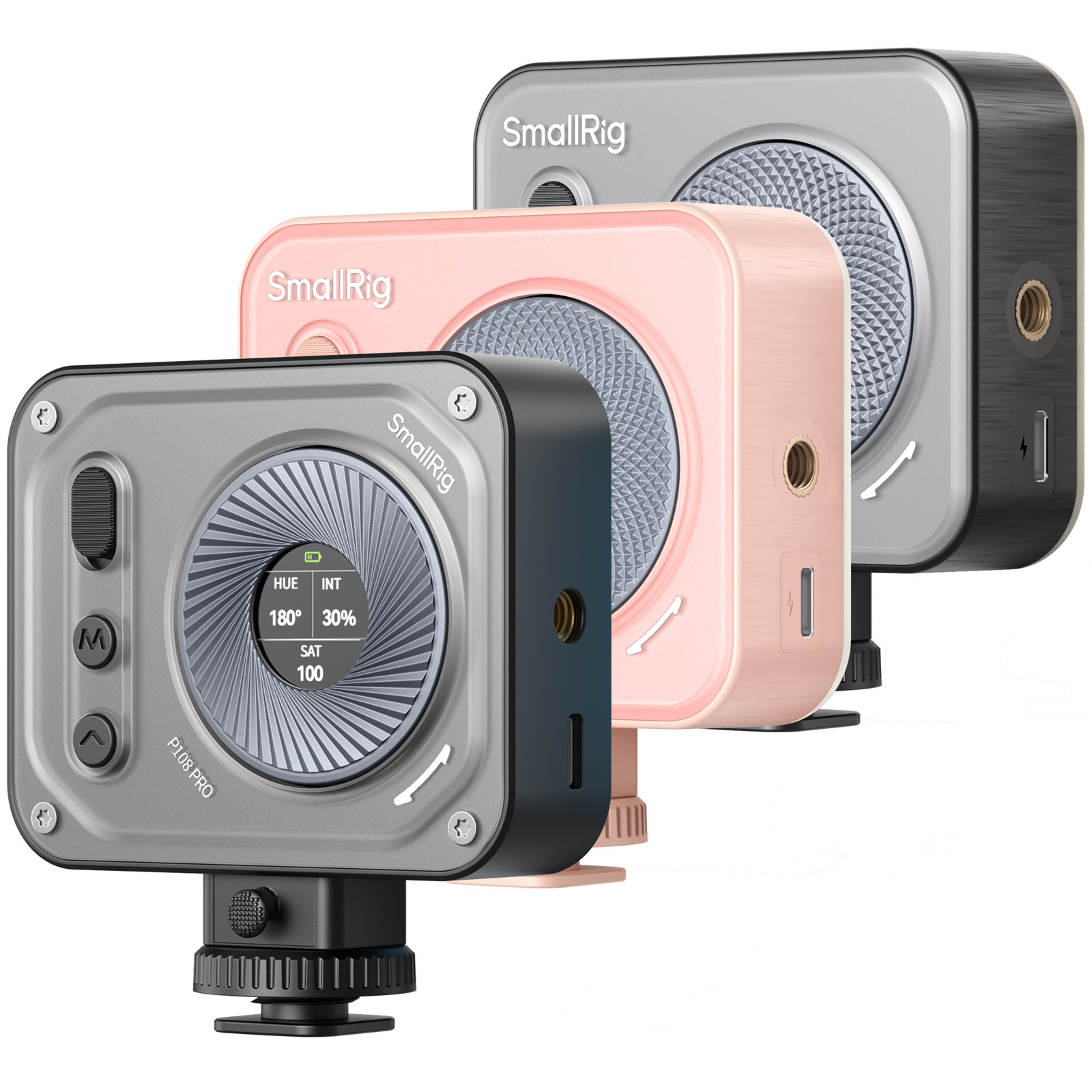Unlock Perfect Portraits: Mastering the Art of Softbox Lighting in Photography
When it comes to portrait photography, lighting is everything. Among various lighting techniques, softbox lighting stands out as a favorite among professionals and enthusiasts alike. Softboxes create a diffused light that wraps around your subject, minimizing harsh shadows and producing a flattering glow that enhances features. This type of lighting not only adds a professional touch to your portraits but also allows for greater creativity and control. Whether you’re a seasoned photographer or an amateur looking to improve your skills, understanding softbox lighting is essential for capturing beautiful portraits that truly resonate.

Understanding Softbox Lighting
Softbox lighting consists of a rectangular or square frame covered with a diffusion material. Inside, a light source is placed, which can be a continuous light or a flash. The diffusion material scatters the light, creating a softer, more even illumination that reduces the intensity of shadows. The principles of diffused light rely heavily on the size of the softbox; larger softboxes yield softer light, while smaller ones produce a more concentrated beam. This characteristic makes softboxes particularly effective in portrait photography, where flattering and balanced lighting can make a significant difference in the quality of the image. By softening the light, softboxes help to enhance skin tones and minimize blemishes, providing a natural and appealing look.
Uses of Softbox Lighting in Photography
The versatility of softbox lighting allows it to be utilized in various photography genres. In portrait photography, the soft, even light helps create beautiful images that capture the subject’s personality. Beyond portraits, softboxes are also beneficial in product photography, where even lighting can highlight textures and details, making products appear more appealing. Additionally, softboxes can be used in fashion photography to create high-quality images that showcase clothing and accessories in the best light. Compared to other lighting sources, such as bare bulbs or reflectors, softboxes provide a controlled light environment that minimizes harsh shadows and reduces glare, making them essential tools for photographers aiming for professional results.
How to Set Up Softbox Lighting Effectively
Setting up softbox lighting may seem daunting at first, but with a little practice, it becomes a straightforward process. Start by positioning your softbox about 45 degrees to the side of your subject and slightly above their eye level. This angle helps create depth and dimension in your portraits. Adjust the distance between the softbox and the subject; the closer the softbox, the softer the light. Play around with the light intensity by using dimmers or adjusting your camera settings to achieve the desired effect. For a more dynamic look, consider adding a second softbox to create catchlights in the eyes or to fill in shadows. Remember, experimenting with your setup will allow you to discover the unique lighting style that best suits your photography.
Common Mistakes to Avoid
One common mistake photographers make is placing the softbox too far from the subject, resulting in harsh shadows rather than the desired soft light. Additionally, using too many light sources can create confusion and unwanted shadows. Stick to one or two softboxes at first, and gradually experiment with additional lighting as you become more comfortable. Lastly, be mindful of the background; a cluttered or distracting backdrop can detract from the beautifully lit subject. Keep your background simple to enhance your portraits.
Experimenting with Softbox Lighting
Photography is an art form that thrives on experimentation. Don’t hesitate to try different angles, distances, and combinations of softboxes. Adjusting the height and angle can dramatically change the mood of your shot. For instance, a low angle can create a dramatic effect, while a higher angle can produce a more traditional portrait look. Playing with multiple softboxes can also allow you to create a unique lighting setup that enhances your artistic vision. The more you experiment, the better you’ll understand how to manipulate light to achieve stunning results.
Mastering Softbox Lighting for Stunning Portraits
Mastering softbox lighting can transform your portrait photography, allowing you to capture stunning images that reflect the true essence of your subjects. By understanding the principles of soft light, exploring its diverse applications, and learning how to set it up effectively, you’ll be well on your way to creating photographs that stand out. Remember to practice and refine your skills, as every session offers an opportunity to learn and improve. With dedication and creativity, softbox lighting can elevate your photography to new heights, enabling you to unlock the perfect portraits you’ve always dreamed of capturing.



